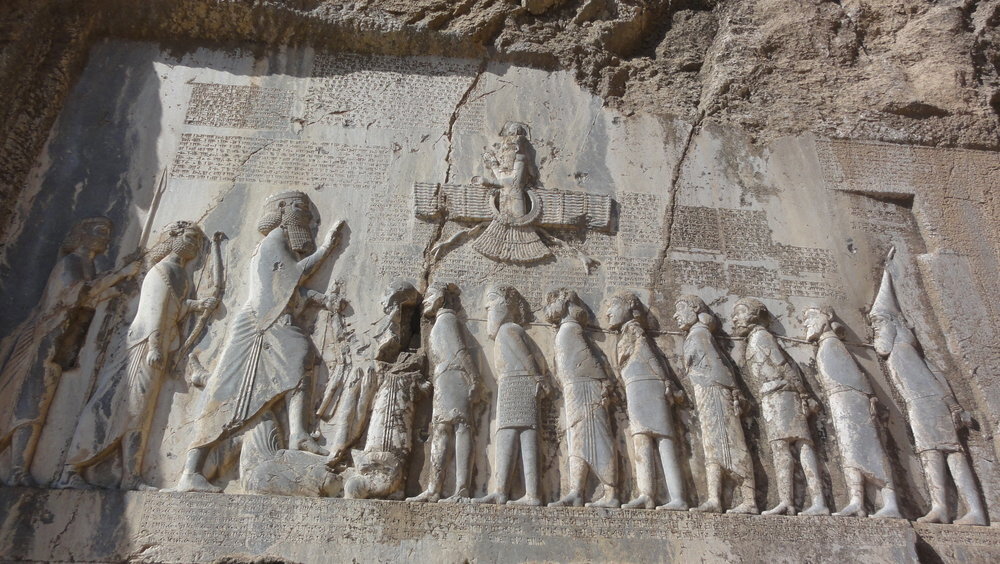Language of art could attract more tourists to Iran: official

TEHRAN – Houshang Bazvand, the governor general of the western Kermanshah province, has said that introducing the cultural heritage and civilization of Iran in the language of art could attract more tourists to the ancient country.
He made the remarks during the closing ceremony of the World Wood Day Regional Event, which was held in the historical site of Taq-e Bostan on Thursday.
Pointing to a carved wooden board from the UNESCO-registered Bisotun bas-relief, an exceptional testimony to the distinctive visual arts in prehistoric Iran, he also noted that such handmade craft is an innovative and creative work to introduce the ancient heritage of Kermanshah.
Kermanshah embraces a variety of awe-inspiring historical sites, of which Bisotun and Taq-e Bostan are both on the UNESCO World Heritage list.
He also expressed his hope that the province will be hosting such events during next year if the disease has been controlled by then.
However, he noted that the province’s economy has taken 100 trillion rials (over $2 billion at the official rate of 42,000 rials) hit from the coronavirus outbreak and the virus brought the province’s tourism industry into a standstill.
Inscribed into the base of a towering cliff, Taq-e Bostan comprises extraordinary Sassanian bas-reliefs of ancient victorious kings divide opinions. Late afternoon is the best time to visit, as the cliff turns a brilliant orange in the setting sun, which then dies poetically on the far side of the duck pond.
Bisotun is a patchwork of immense yet impressive life-size carvings depicting the king Darius I and several other figures. UNESCO has it that Bisotun bears outstanding testimony to the important interchange of human values on the development of monumental art and writing, reflecting ancient traditions in monumental bas-reliefs.
The inscription, measuring about 15 meters high and 25 meters wide, was created on the order of King Darius I in 521 BC. It bears three different cuneiform script languages: Old Persian, Elamite, and Babylonian.
According to legend, the figure represents Gaumata, the pretender to the throne whose assassination led to Darius’ rise to power. This symbolic representation of the Achaemenid king in relation to his enemy reflects traditions in monumental bas-reliefs that date from ancient Egypt and the Middle East, and which were subsequently further developed during the Achaemenid and later empires.
Another popular historical site of the province is the Temple of Anahita in the city of Kangavar, which is believed to have been built circa 200 BC. Several column bases and ruins of a wall remain from the magnificent Greek-style temple.
The temple was used during the Parthian era (248 BC-224) as well as the Sassanid era (224-651).
The monument was damaged as it was used for various purposes by the Seljuk, Ilkhanid, Safavid, and Qajar dynasties, which ruled in Iran over the past centuries.
The Temple of Anahita was seriously damaged by an earthquake in 1957. Afterward, people invaded the perimeter of the site, using stones from the temple to rebuild their homes at that location.
ABU/MG
Leave a Comment